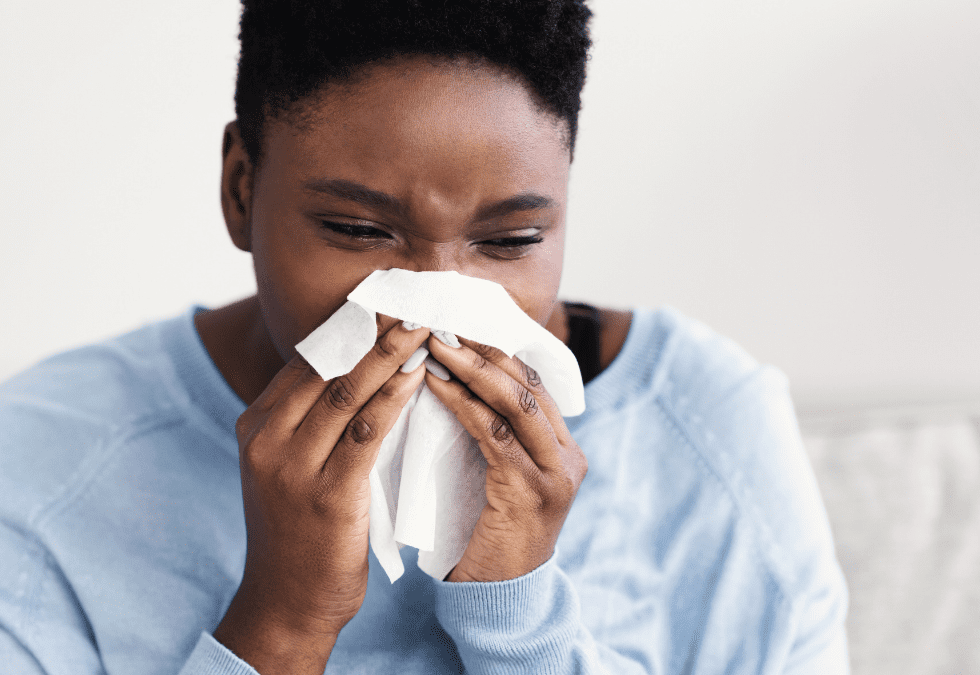Understanding Upper Respiratory Infections (URIs): Causes, Symptoms, and When to See a Doctor
Upper respiratory infections (URIs)—commonly known as the common cold—are among the most frequent illnesses worldwide. They are caused by a variety of viruses and are typically seasonal, with cases peaking in the fall and winter months.
Common Symptoms of a URI
Symptoms usually appear suddenly and may include:
-
Low-grade fever
-
Chills
-
Malaise (general fatigue)
-
Sneezing
-
Sore throat
-
Runny nose and nasal congestion
-
Cough
Most URI symptoms resolve within 5–7 days.
At-Home Treatment for URIs
Because URIs are viral, antibiotics are generally not needed. Supportive care is the mainstay of treatment.
Symptomatic Relief Options
-
Hydration: Drink plenty of fluids
-
Fever & pain relief: Acetaminophen or ibuprofen
-
Immune support: Zinc and vitamin C
-
Cough relief: Honey, throat lozenges, or over-the-counter options like guaifenesin (Mucinex)
Who Is at Higher Risk for Complications?
Some individuals are at increased risk for prolonged or more serious illness, including those with:
-
Asthma
-
Chronic Obstructive Pulmonary Disease (COPD)
-
Compromised immune systems
-
Smoking history
These patients may require closer monitoring and early treatment to prevent complications like pneumonia or bronchitis.
When to See a Doctor
Call your healthcare provider if:
-
Symptoms are not improving after a week
-
Fever is high or persistent
-
Shortness of breath or wheezing develops
-
There is severe sore throat or ear pain
Compassion Primary Care Can Help
If you do not have a PCP or cannot get an appointment quickly, call or text Compassion Primary Care. We are a direct primary care (DPC) practice, and you can be seen as a non-member or join as a member for ongoing care.
Nursing your journey to lasting wellness.
